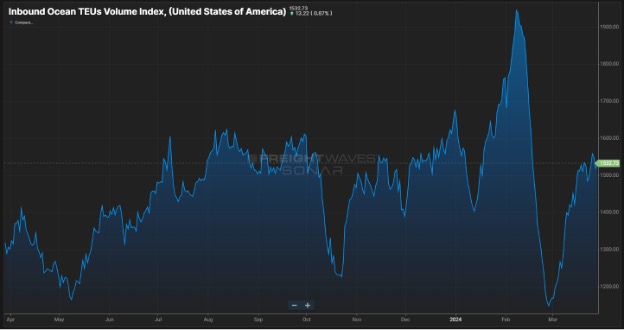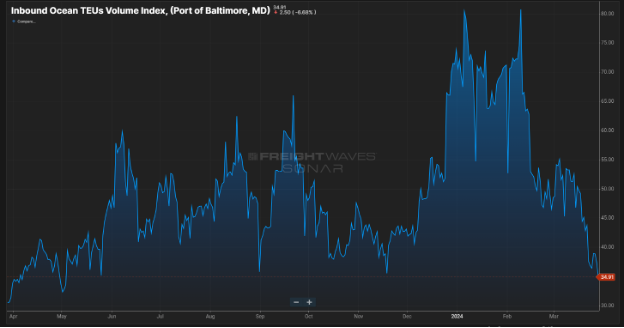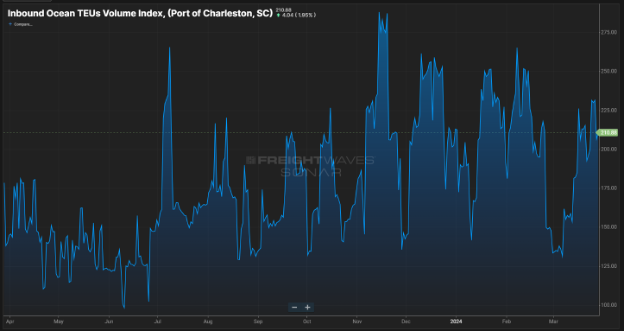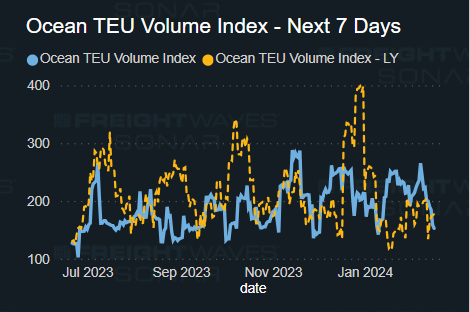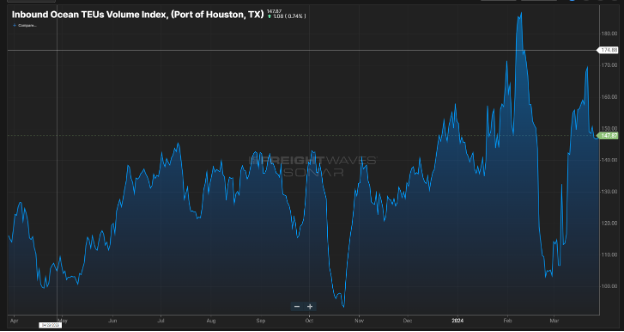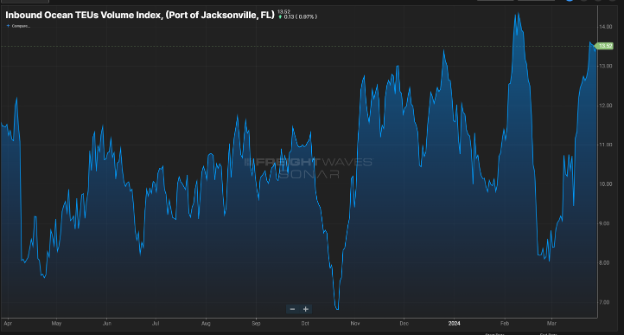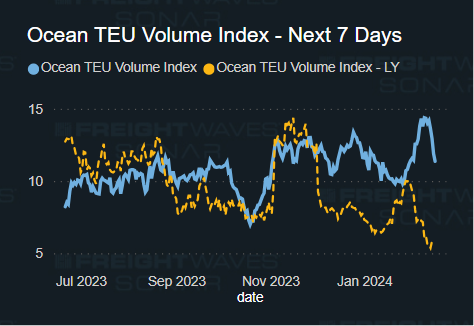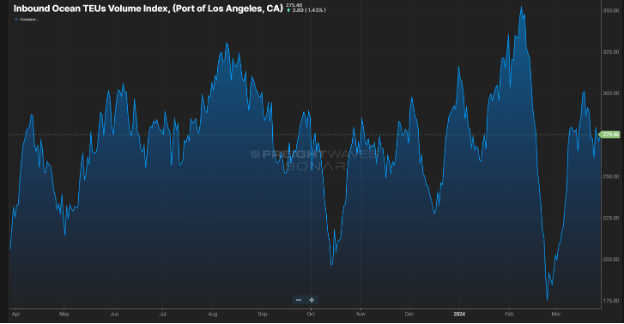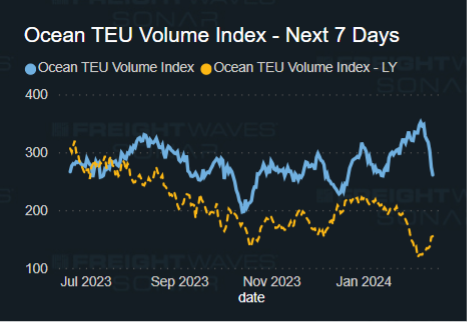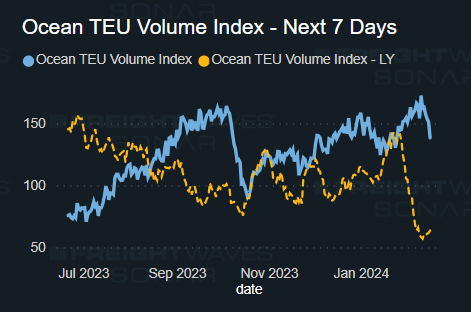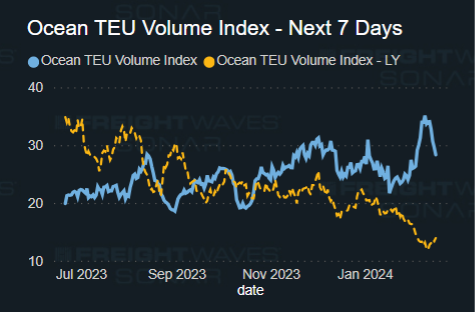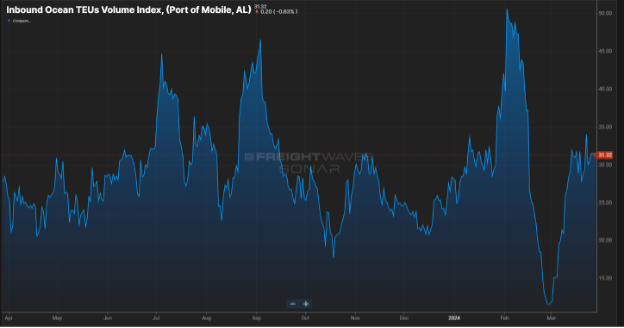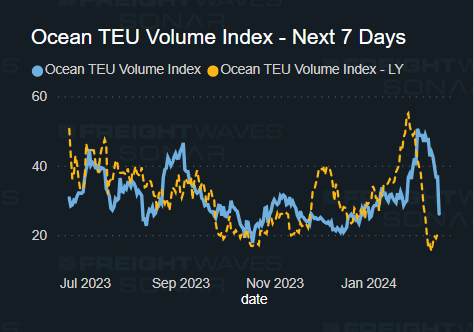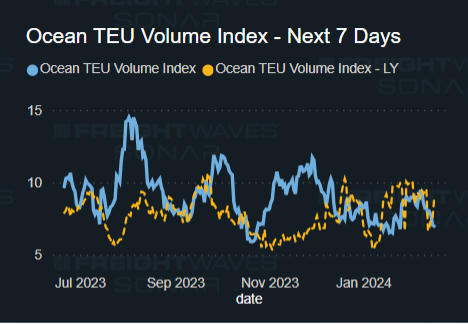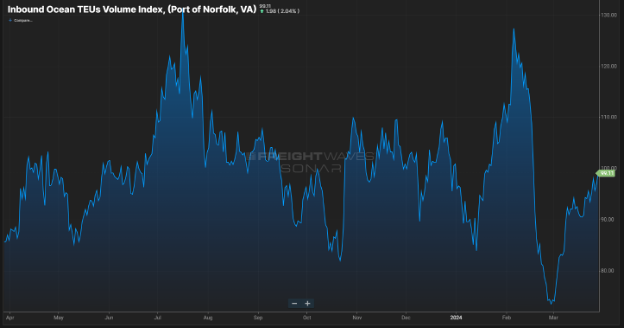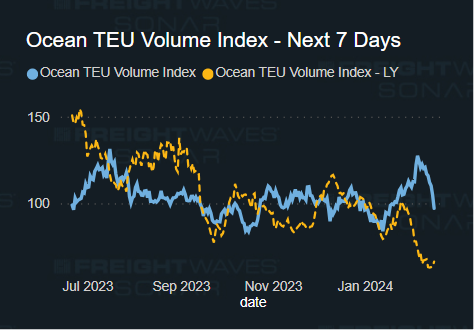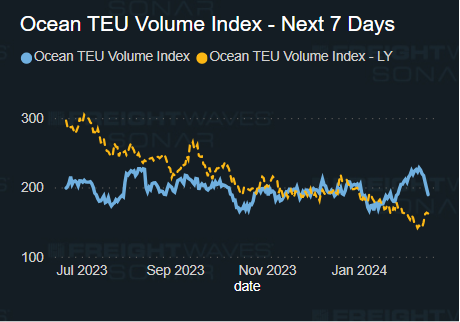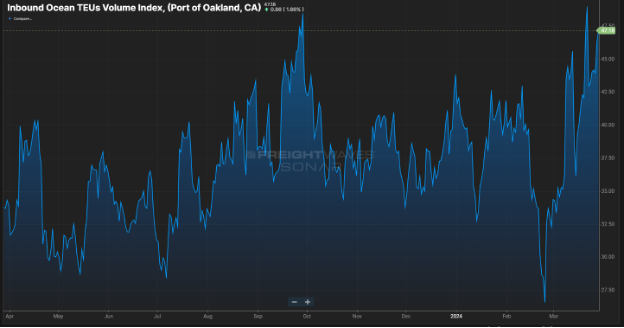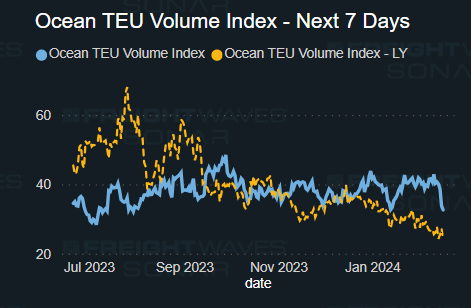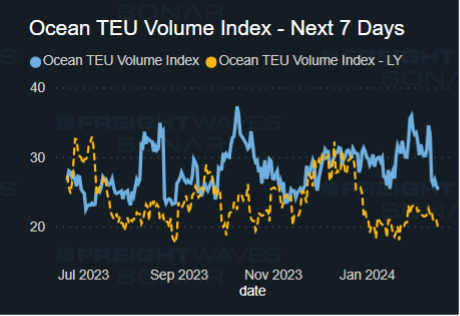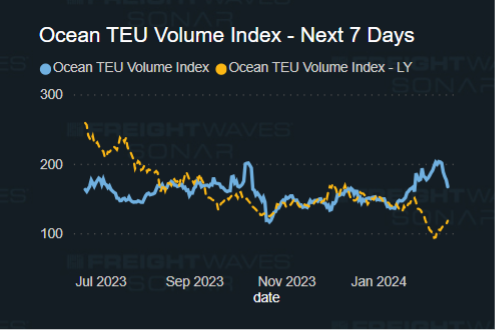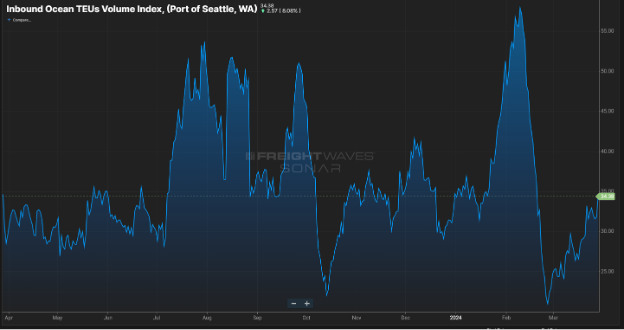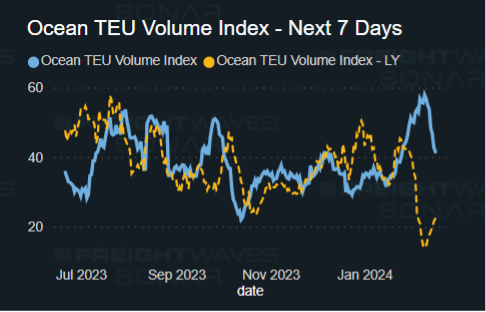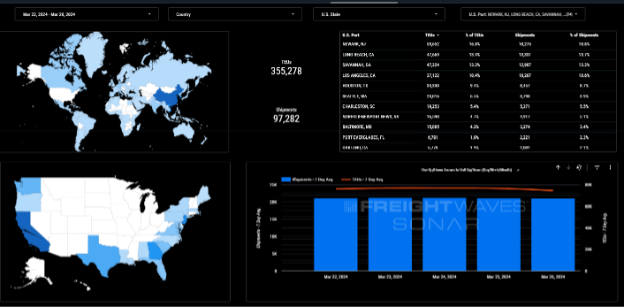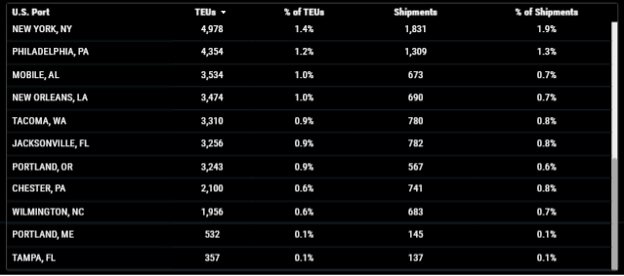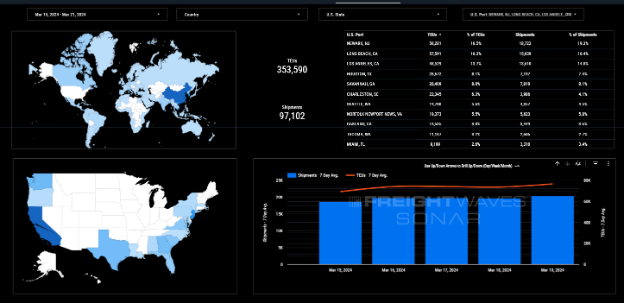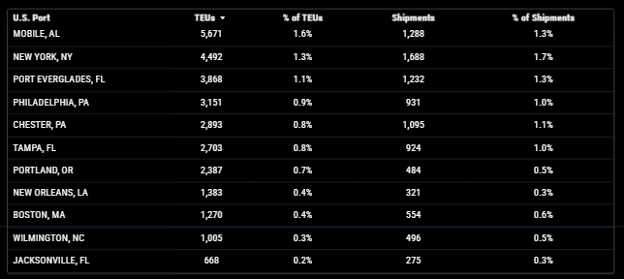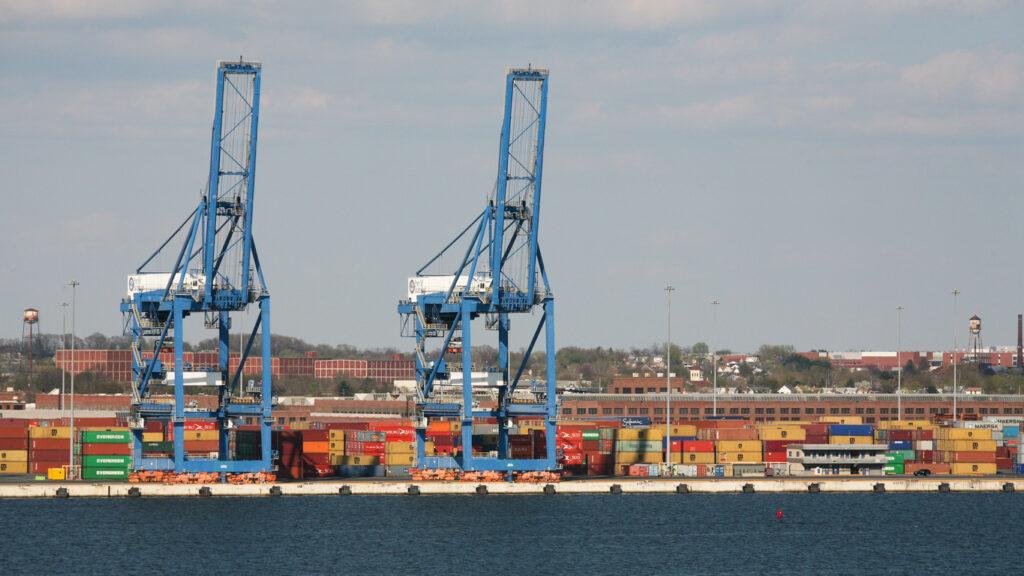
1242 words 5 minute read – Let’s do this!
This was definitely a week in the industry for the history books, what a heartbreaking turn of events and many months of reconstruction and mending ahead for the Baltimore community. First and foremost, our thoughts go out to everyone affected by the tragedy of the Francis Scott Key Bridge collapse in Baltimore, and we pray for the losses and for a rapid recovery of all the damages that impacted the city, Port and vessel.
The devastation is extensive at the site of the collapse, which happened when a cargo ship lost power and hit the bridge early morning on Tuesday. The National Transportation Safety Board officials boarded the ship, the Dali, to recover information from its electronics and paperwork and to interview the captain and other crew members. Investigators shared a preliminary timeline of events before the crash, which federal and state officials have said appeared to be an accident. The Dali, which is managed by Synergy Marine Group, was headed from Baltimore to Sri Lanka. It is owned by Grace Ocean Private Ltd., and Danish shipping giant Maersk said it had chartered it.
Barges carrying cranes headed toward Baltimore on Thursday to begin the work of removing the remains of the bridge in an attempt to open a key shipping route blocked by the wreckage. U.S. Coast Guard officials said Wednesday night that the barges were on their way to the spot where the bridge crossed the Patapsco River, but it was not clear when they would arrive.
The sudden loss of a highway that carries 30,000 vehicles a day and the port disruption will affect not only thousands of dockworkers and commuters but also U.S. consumers, who are likely to feel the impact of shipping delays
From 1960 to 2015, there were 35 major bridge collapses worldwide due to ship or barge collisions, according to the World Association for Waterborne Transport Infrastructure.
Ocean carriers are diverting ships to other ports in the Northeast US while CSX Transportation plans on adding north-south intermodal trips between those ports to handle containers to avoid going through the Port of Baltimore. The Ports of New Jersey, Philadelphia and Norfolk are all making plans to work with assisting the Port of Baltimore. Seagirt Terminal, the Port of Baltimore’s main container terminal, had planned for the arrival of 18 container ships through April 6, according to Seagirt’s vessel schedule as of Tuesday.
With the Baltimore Port devastation comes more disruption. Many shippers scurry to figure out their next best options in the immediate wake of the Baltimore port’s closure and the Panama Canal/Suez Canal situations are still putting strain on transit times and a Rail strike in Canada is a possibility.
All pending disruptions point to the need for transload solutions and Port X Logistics IS the Gold Standard in drayage, transloading and trucking. We track your containers from the time they leave overseas, dray your containers from all port locations and transload with plenty of photos provided and load to outbound trucks for the fastest road delivery with a shareable tracking app to track drivers all the way to final destination. Transload orders have been piling up as many shippers have been taking the early initiative to speed up deliveries whether it was a port closure, ocean delay or to avoid the rails, but we have all the capacity in the world for you! If you want more information on how you can get your Baltimore bound freight diverted and drayed, transloaded and trucked with full visibility contact Letsgetrolling@portxlogistics.com
Import TEUs are up 0.477% this week from last, the heaviest volume this week arriving to New Jersey 16.8% of incoming TEU volume, Long Beach 13.4% of incoming TEU volume and Savannah 13.3% of incoming TEU volume. Most U.S. and Canada ports will be closed tomorrow for the Good Friday holiday, so we could see some congestion in some port areas starting early next week and the Northeast Ports will start to get busier quickly with the diversions of Baltimore cargo.
What’s happening at the ports and rails?:
You can find all the information on the below link where we cover port congestion, chassis issues and capacity lead times weekly at all U.S. and Canada Ports and rail heads on our website – click on the link below
https://portxlogistics.com/port-rail-updates/
Montreal: has been without a union contract since December 31, 2023 – The Maritime Employers Association in Montreal, which includes approximately 1,290 longshore workers and 165 checkers, is in ongoing negotiations with union representatives. Importers are being encouraged to re-route cargo through the port of Halifax to keep trade moving. However, keep in mind that if the strike is to take place and vessels are already on route to Montreal, anything diverted to Halifax will be worked on a secondary basis. Meaning ships that are routing through Halifax from inception will be worked on as a priority. Eventually Halifax will be inundated, and containers will build up at the port, causing longer dwell times. We saw this happen back in 2020 during the 12-day Port Montreal strike. This also falls on the heels of CN/CP Rail still facing a potential work stoppage due to stalled negotiations over wage increases and working conditions.
Vancouver: The rail container dwell time at Vancouver’s marine terminals for Canadian Pacific Kansas City (CPKC) is mostly seven days-plus, according to the port’s website, while the dwell for Canadian National Railway (CN) is in the three- to five-day range. The dwells have been consistently elevated this year; for both railroads combined, the average rail container dwell time at the marine terminals was 5.2 days in January and 6.7 days in February. Dwell times of four days or less are considered desirable to maintain fluidity at the marine terminals. Imports into Vancouver are surging, similar to the spike occurring at ports along the US West Coast. After a 13% decline in laden import containers last year in Vancouver, imports increased 11.3% in January and 18% in February year over year, according to port statistics. All marine terminals in Vancouver are facing heavy congestion, resulting from an inadequate supply of rail cars from major Class I railways. If you are looking for a transport solution for your Vancouver containers, our Port X Logistics Canada team is here to help! Contact Canada@portxlogistics.com
Savannah: Savannah Ports are getting busier – 13.3% of this week’s incoming TEU volume, AND we have drayage capacity in Savannah and we can haul hazmat containers too! Don’t forget we also have a full service transload warehouse for your Savannah Cross dock needs. Contact our South Atlantic team at sav@portxlogistics.com for capacity and great rates!
Kansas City: MAJOR CHASSIS SHORTAGE ALERT! All railheads in Kansas City are currently battling chassis shortages, with KC Southern experiencing the biggest struggle. We have 110 trucks and 241 private chassis in Kansas City to help mitigate the chassis woes, but capacity is filling in fast. Contact Letsgetrolling@portxlogistics.com to find out about our latest capacity!
Did you know? Our Founder BK was featured in an article by the amazing CNBC expert Lori Ann LaRocco? Read the article here:
A trucking and rail strategy that boomed during pandemic shocks is heating up again
SONAR Images
